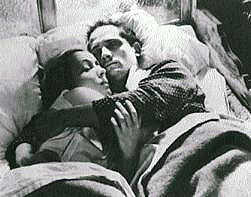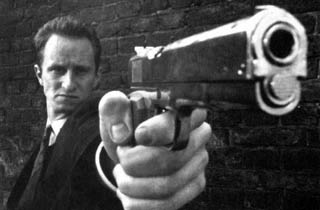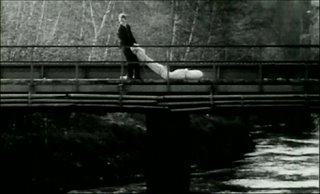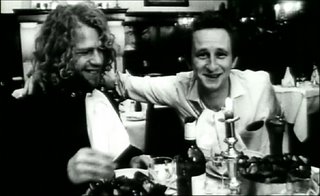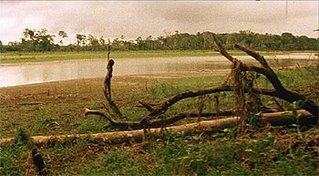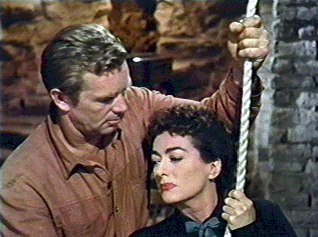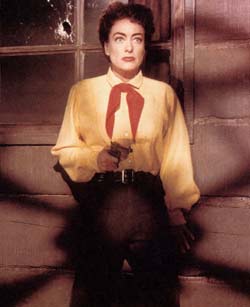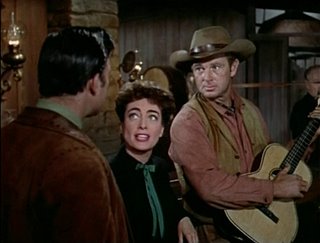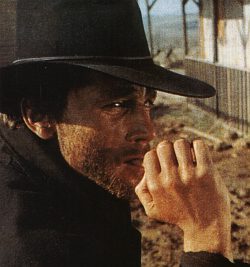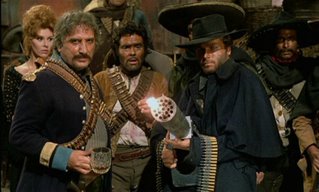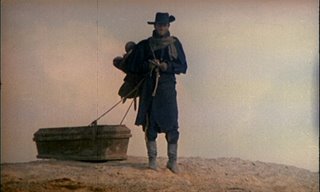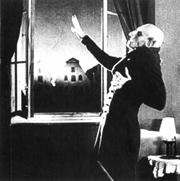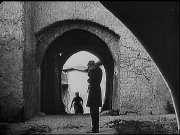Spring 2007 schedule:
This is not necessarily finalized. We'll add the guest speakers later.
Also note the new screening date, ie. sundays.
January 7th; Kung Fu II:
Once Upon a Time in China II (Wong Fei Hung Ji Yi, Tsui Hark, 1992, Hong Kong), Project A part II ('A' Gai Waak Juk Jaap, Jackie Chan, 1987, Hong Kong)
January 14th; The Holocaust:
Night and Fog (Alan Resnais, 1955, France), Passenger (Pasazerka, Andrzej Munk, 1963, Poland), The Shop on Main Street (Obchod Na Korze, Jan kadar og Elmar Klos, 1965, Czechoslovakia)
January 21st; Sweet 'n' Nasty:
Pink Flamingos (John Waters, 1972, USA) og Flesh for Frankenstein (Paul Morrissey, 1973, USA/Italy/France)
January 28th; Documentaries 1:
Crumb (Terry Zwigoff, 1994, USA), Harlan County USA (Barbara Kopple, 1978, USA)
February 4th; Political Thrillers:
Z (Costa-Gavras, 1969, Algier/France), Manchurian Candidate (John Frankenheimer, 1962, USA)
February 11th; Feminism:
Cleo From 5 to 7 (Agnes Varda, 1961, France), Faster Pussycat! Kill! Kill! (Russ Meyer, 1965, USA)
February 18th; Serial Killers:
Peeping Tom (Michael Powell, 1960, UK), M (Fritz Lang, 1931, Germany)
February 25th; Avant-garde Documentaries:
Man With a Movie Camera (Chelovek s Kino-apparatom, Dziga Vertov, 1929, USSR), Häxan (Benjamin Christensen, 1922, Sweden),
March 4th; Socially Satirical Comedies:
The Firemen's Ball (Horí, Má Panenko; Milos Forman, 1967, Czechoslovakia), Zero for conduct (Jean Vigo, 1933, France), Boudu saved from drowning (Boudu Sauvé des Eaux, Jean Renoir, 1932, France)
March 11th; Attacks on the Sanctity of Home:
Straw dogs (Sam Peckinpah, 1971, UK/USA), visitor Q (Bijita Q, Takashi Miike, 2002, Japan)
March 18th; Japanese Culture:
An Actor’s Revenge (Kon Ichikawa, 1963, Japan), Harakiri (Masaki Kobayashi, 1962, Japan)
March 25th; Documentaries 2:
Roger & Me (Michael Moore, 1989, USA), The Thin Blue Line ( Errol Morris, 1988, USA)
April 1st; Romantic Fantasies:
La Belle et la Bete (Jean Cocteau, 1946, France), A Matter of Life and Death (Michael Powell og Emeric Pressburger, 1946, UK)
April 15th; Political Modernism:
Memories of Underdevelopment (Memorias del Subdesarollo, Tomás Gutierrez Alea, 1968, Cuba), Weekend (Jean-Luc Godard, 1967, France)
April 22th; Shorts-o-rama:
To be Decided...
April 29th; Horror:
Eyes Without a Face (Yeux Sans Visage, Georges Franju, 1959, France/Italy), Hour of the Wolf (Vargtimmen, Ingmar Bergman, 1968, Sweden)
This is not necessarily finalized. We'll add the guest speakers later.
Also note the new screening date, ie. sundays.
January 7th; Kung Fu II:
Once Upon a Time in China II (Wong Fei Hung Ji Yi, Tsui Hark, 1992, Hong Kong), Project A part II ('A' Gai Waak Juk Jaap, Jackie Chan, 1987, Hong Kong)
January 14th; The Holocaust:
Night and Fog (Alan Resnais, 1955, France), Passenger (Pasazerka, Andrzej Munk, 1963, Poland), The Shop on Main Street (Obchod Na Korze, Jan kadar og Elmar Klos, 1965, Czechoslovakia)
January 21st; Sweet 'n' Nasty:
Pink Flamingos (John Waters, 1972, USA) og Flesh for Frankenstein (Paul Morrissey, 1973, USA/Italy/France)
January 28th; Documentaries 1:
Crumb (Terry Zwigoff, 1994, USA), Harlan County USA (Barbara Kopple, 1978, USA)
February 4th; Political Thrillers:
Z (Costa-Gavras, 1969, Algier/France), Manchurian Candidate (John Frankenheimer, 1962, USA)
February 11th; Feminism:
Cleo From 5 to 7 (Agnes Varda, 1961, France), Faster Pussycat! Kill! Kill! (Russ Meyer, 1965, USA)
February 18th; Serial Killers:
Peeping Tom (Michael Powell, 1960, UK), M (Fritz Lang, 1931, Germany)
February 25th; Avant-garde Documentaries:
Man With a Movie Camera (Chelovek s Kino-apparatom, Dziga Vertov, 1929, USSR), Häxan (Benjamin Christensen, 1922, Sweden),
March 4th; Socially Satirical Comedies:
The Firemen's Ball (Horí, Má Panenko; Milos Forman, 1967, Czechoslovakia), Zero for conduct (Jean Vigo, 1933, France), Boudu saved from drowning (Boudu Sauvé des Eaux, Jean Renoir, 1932, France)
March 11th; Attacks on the Sanctity of Home:
Straw dogs (Sam Peckinpah, 1971, UK/USA), visitor Q (Bijita Q, Takashi Miike, 2002, Japan)
March 18th; Japanese Culture:
An Actor’s Revenge (Kon Ichikawa, 1963, Japan), Harakiri (Masaki Kobayashi, 1962, Japan)
March 25th; Documentaries 2:
Roger & Me (Michael Moore, 1989, USA), The Thin Blue Line ( Errol Morris, 1988, USA)
April 1st; Romantic Fantasies:
La Belle et la Bete (Jean Cocteau, 1946, France), A Matter of Life and Death (Michael Powell og Emeric Pressburger, 1946, UK)
April 15th; Political Modernism:
Memories of Underdevelopment (Memorias del Subdesarollo, Tomás Gutierrez Alea, 1968, Cuba), Weekend (Jean-Luc Godard, 1967, France)
April 22th; Shorts-o-rama:
To be Decided...
April 29th; Horror:
Eyes Without a Face (Yeux Sans Visage, Georges Franju, 1959, France/Italy), Hour of the Wolf (Vargtimmen, Ingmar Bergman, 1968, Sweden)


